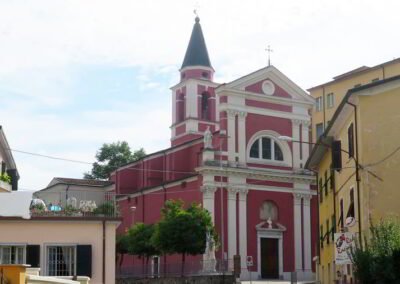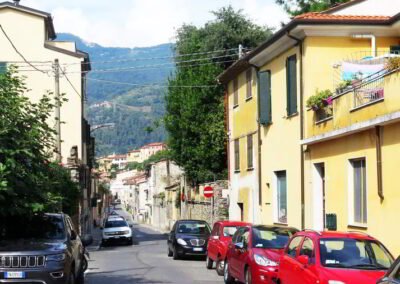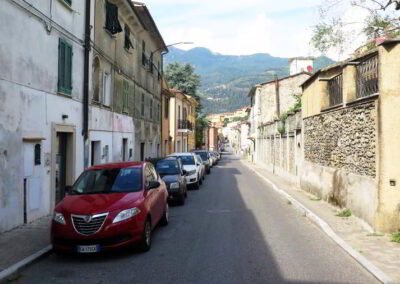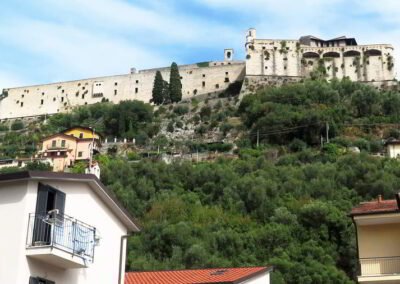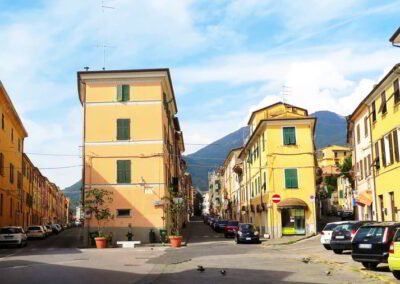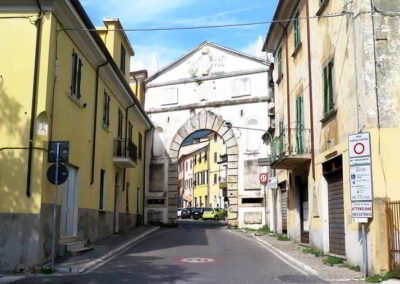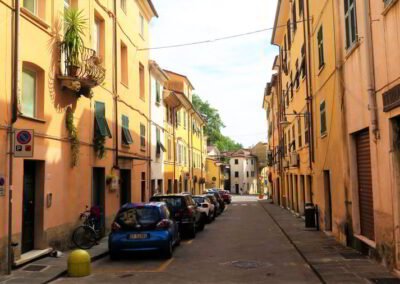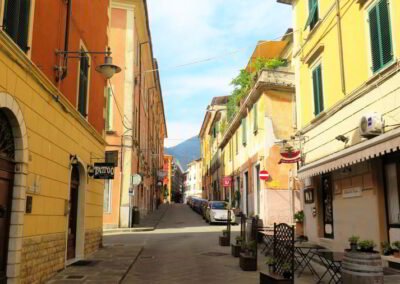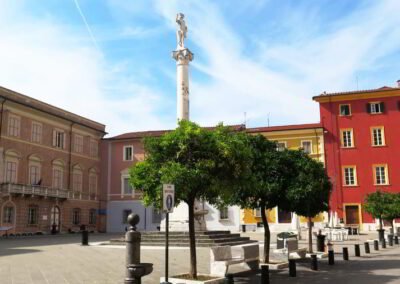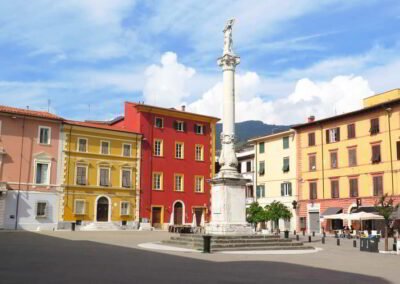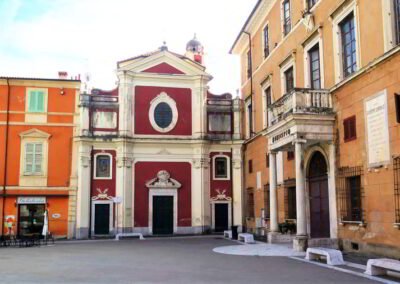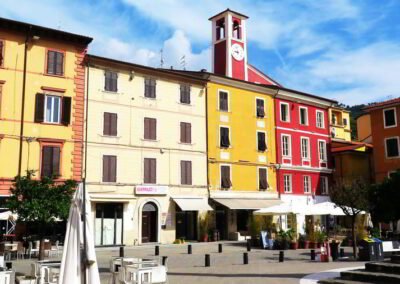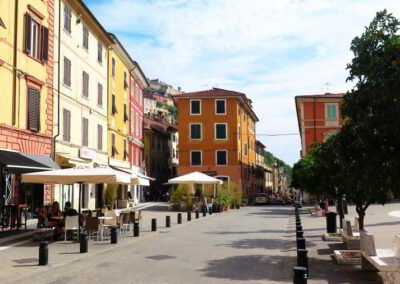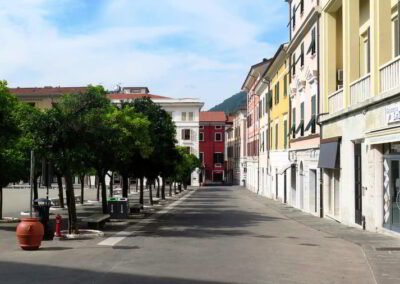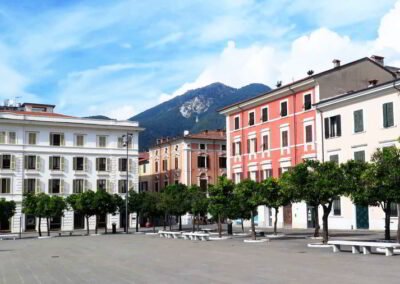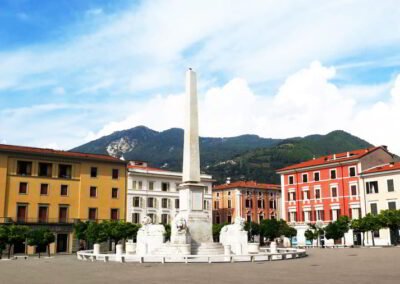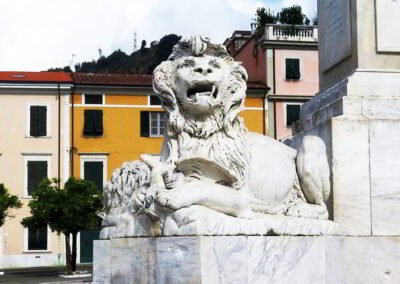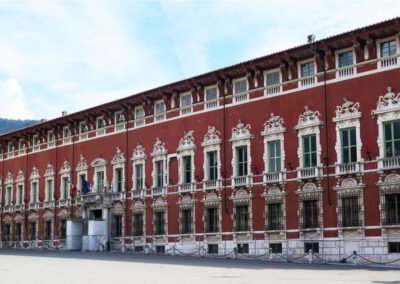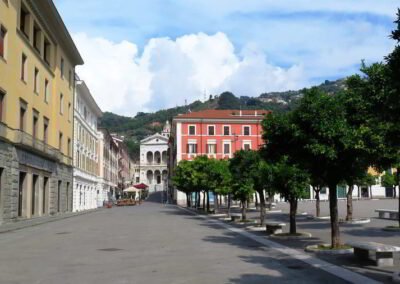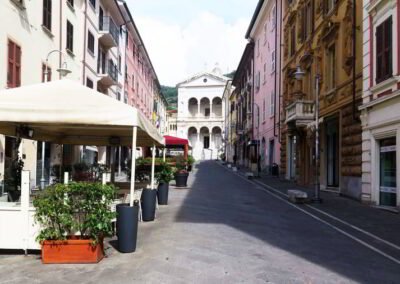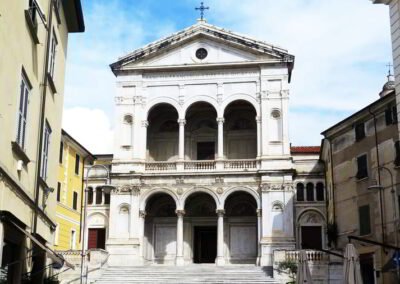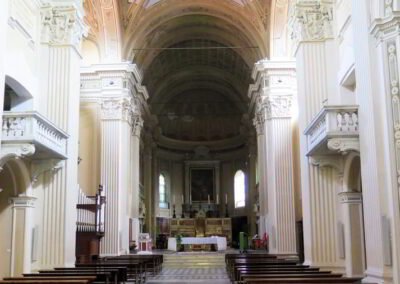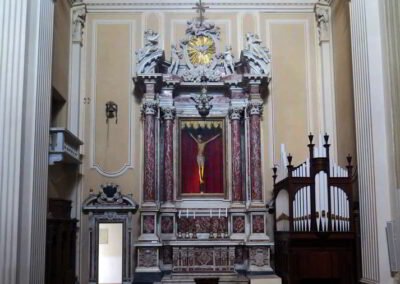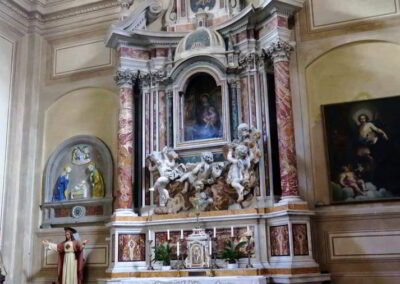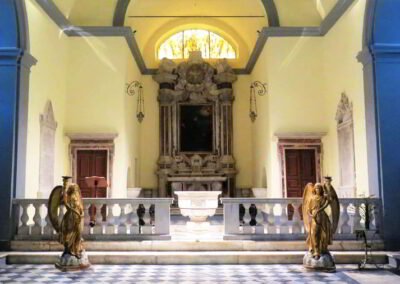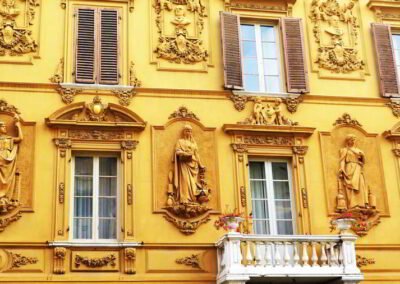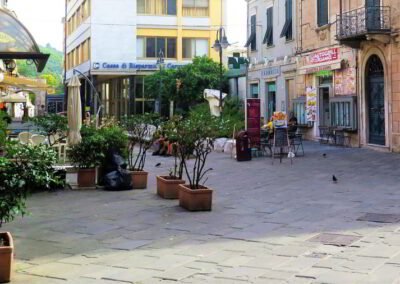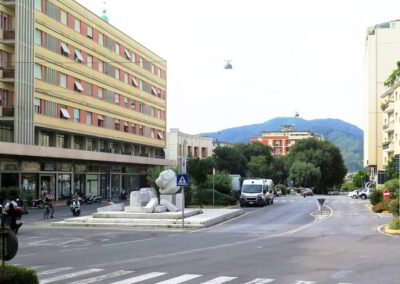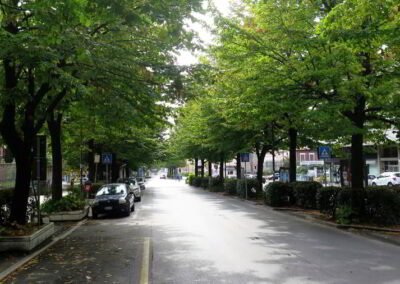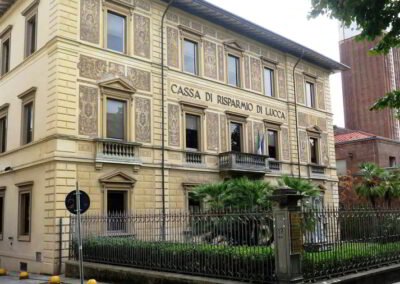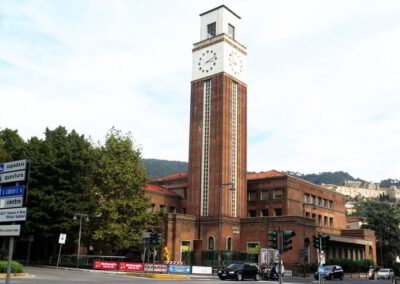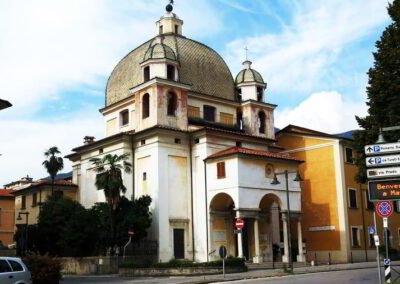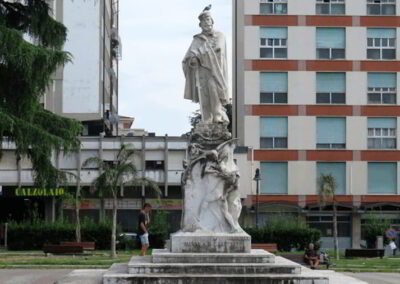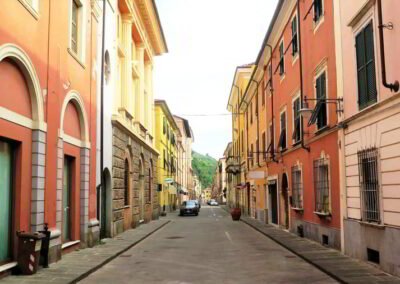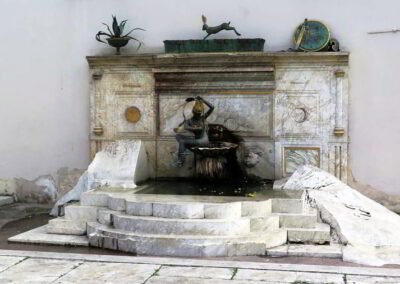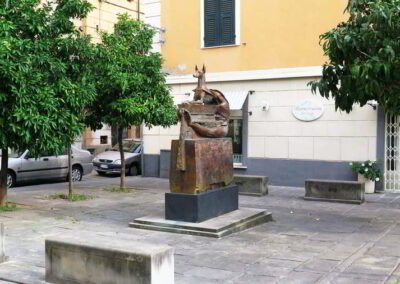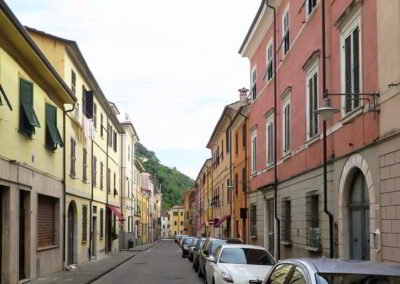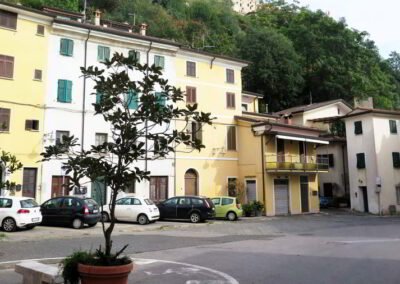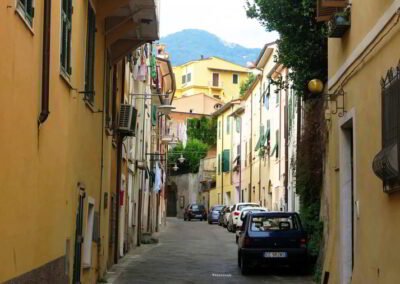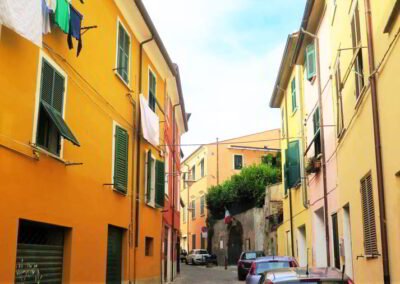HOME
THE REGIONS OF ITALY
PLACES IN ITALY
Italy in Photos
Piazza Martana, 54100 Massa, Italy (September 2018)
Massa
Massa, located in Tuscany’s northern region, is a captivating city that combines historical charm with natural beauty. Nestled at the foot of the Apuan Alps and situated just a short distance from the Tuscan coastline, Massa offers a unique blend of cultural heritage, scenic landscapes, and modern amenities. Massa has a rich history that dates to Roman times, evidenced by various archaeological finds and historical landmarks. The city has evolved through centuries, with influences from medieval, Renaissance, and modern periods shaping its character. One of the city’s most significant historical landmarks is the Castello Malaspina, a formidable fortress that dominates the cityscape. Originally built in the 11th century, the castle underwent various modifications over the centuries and now houses a museum showcasing local history and artifacts. The city centre of Massa is characterized by narrow, winding streets and charming piazzas. Piazza Aranci is a focal point, with its elegant architecture, cafes, and the historic Palazzo Ducale. This grand building, which once served as the residence of the Dukes of Massa, is an example of the city’s opulent past and now functions as a cultural venue.
Massa is uniquely positioned between the Apuan Alps and the Tuscan coastline, offering a diverse range of natural attractions. The nearby Apuan Alps provide opportunities for outdoor activities such as hiking, rock climbing, and exploring scenic trails. The mountains are renowned for their marble quarries, which have been a significant part of the region’s economy for centuries. Visitors can take guided tours to learn about the marble extraction process and its historical significance. The city’s proximity to the Mediterranean Sea also provides access to beautiful beaches and coastal areas. The nearby town of Marina di Massa offers a popular seaside retreat with sandy beaches and clear waters, perfect for swimming and sunbathing. The coastline features a range of amenities, including restaurants, bars, and recreational facilities.
Massa boasts a vibrant cultural scene with numerous festivals and events throughout the year. Local traditions are celebrated with enthusiasm, and the city’s cuisine reflects the rich culinary heritage of Tuscany. Traditional dishes such as tordelli lucchese (stuffed pasta), cacciucco (a hearty fish stew), and local wines are staples of the local dining experience. The city’s markets and food festivals provide an opportunity to sample these delicacies and immerse oneself in the local food culture. Massa, Tuscany, is a city that offers a harmonious blend of historical intrigue, natural beauty, and cultural vibrancy. Its historical landmarks, scenic landscapes, and rich culinary traditions make it an appealing destination for travellers seeking an authentic Tuscan experience. Whether exploring its medieval streets, hiking in the nearby mountains, or enjoying the coastal attractions, visitors to Massa are sure to find a welcoming and enriching experience
Worth a Visit
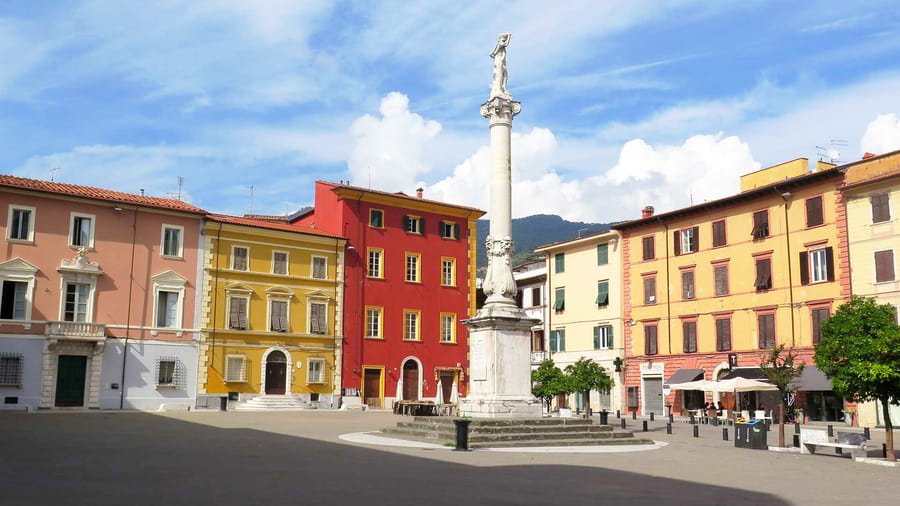
Piazza Mercurio in Massa is one of the most historic and atmospheric squares of the Tuscan city, a place where centuries of civic life, commerce, and community spirit converge. Situated in the heart of the historic centre, the square has long served as a gathering place for residents and visitors, embodying the rhythms of daily life while reflecting the architectural and cultural transformations that have shaped Massa over time. Its name recalls its past as a hub of trade and markets, with Mercury, the Roman god of commerce, lending his symbolic presence to a space dedicated to exchange and activity. The square’s origins trace back to the medieval period, when Massa began to expand as a fortified town under the Malaspina family. Piazza Mercurio soon emerged as a civic and commercial centre, hosting markets, fairs, and public gatherings.
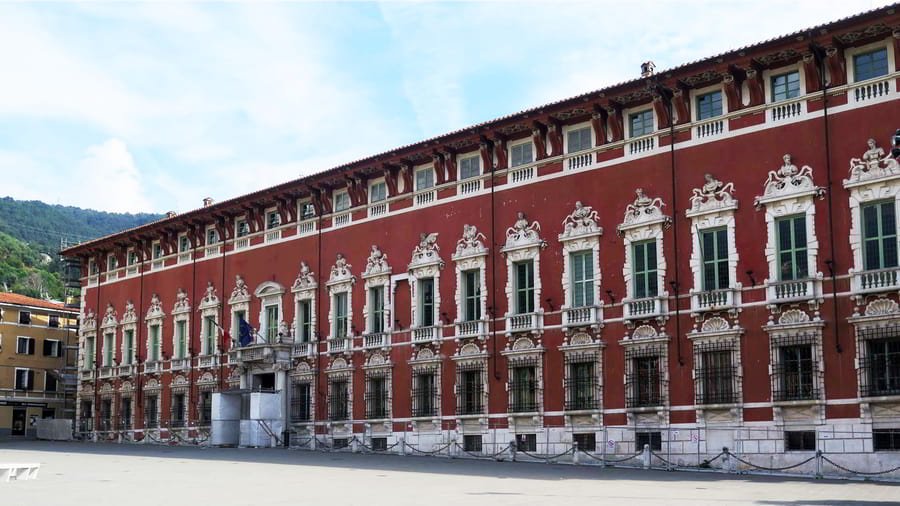
Piazza Aranci in Massa is the city’s most iconic and elegant square, a place that embodies both the historic legacy and the civic pride of this Tuscan town. Located in the very heart of the historic centre, it has long been the stage for public life, political events, and social gatherings. Its name, which translates as “Square of the Orange Trees,” comes from the rows of citrus trees planted here in the nineteenth century, an unusual and charming feature that continues to distinguish the space and give it a unique character,. The origins of Piazza Aranci date back to the Renaissance period, when Massa was shaped under the rule of the Cybo-Malaspina family.
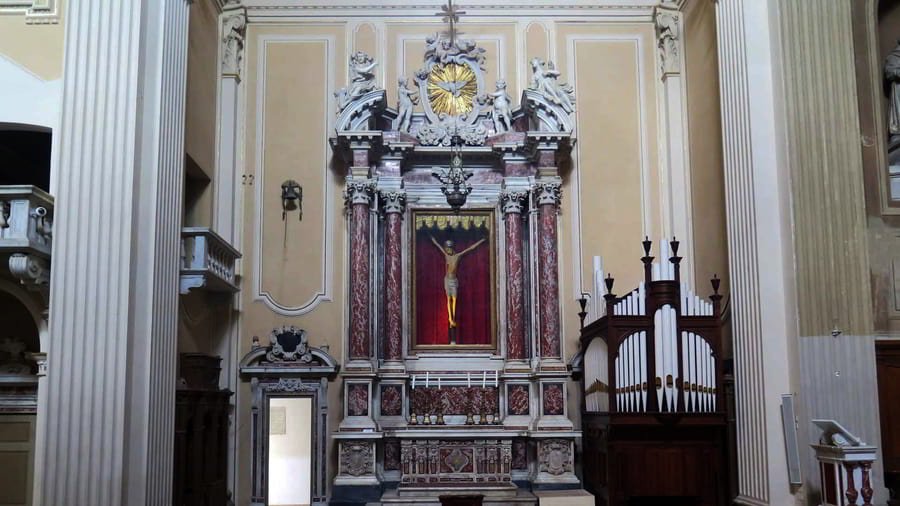
The Basilica Cattedrale dei Santi Pietro e Francesco in Massa serves as the spiritual and architectural heart of the city, embodying centuries of civic pride, religious devotion, and artistic evolution. Originally founded as a Franciscan convent church in the 15th century under the patronage of Taddea Pico della Mirandola, it steadily grew in importance due to the support of influential noble families and shifting ecclesiastical priorities([Duomo di Massa]. In 1807, the church of San Francesco inherited the title and role of cathedral following the demolition of the old San Pietro by Elisa Baciocchi, Napoleon’s sister and then governess of the Republic of Lucca. The building’s present-day exterior dates to 1936 when architect Cesario Fellini crafted the imposing marble façade in a two-tiered design featuring arcades and mosaics.
Photo Gallery of Walk 1 – Via S. Michele to Loggia Amblingh
Approximately 1.23 km – 0.76 miles
The walk starts in Via S. Michele – Parco Villa Comunale, Viale Rimembranza – Viale Rimembranza – Piazza Guglielmo Marconi – Via Tre Segni – walk back to Piazza Guglielmo Marconi – Municipal Market Hall of Santa Chiara, Piazza Santa Chiara – Via Sportello – Via Tripoli – Via Santa Maria – Chiesa Santa Maria Maggiore, Via Santa Maria – Via Santa Maria – Piazza del Tomolo – Via Catena – Porta Catena, Loggia Amblingh
COPYRIGHT © 2018-2025 ITALY IN PHOTOS - ALL RIGHTS RESERVED
